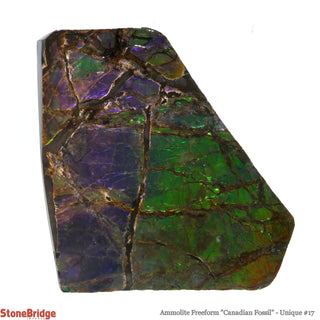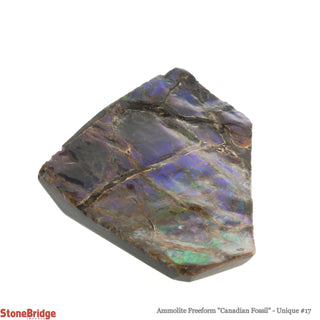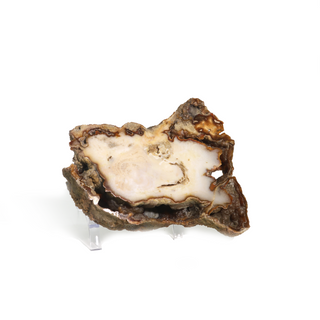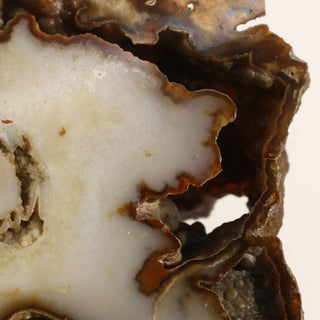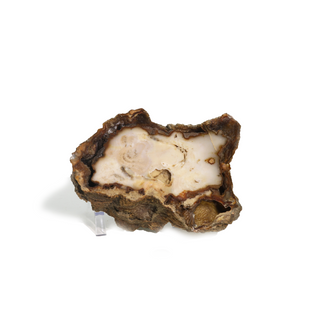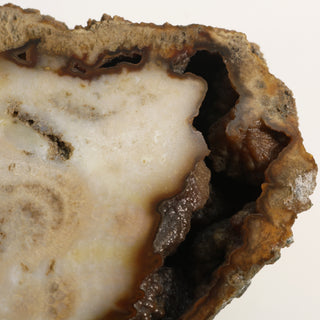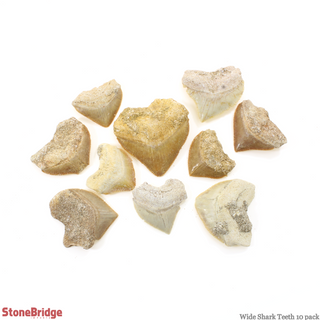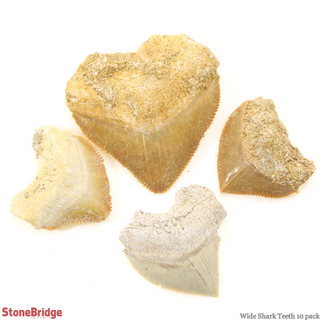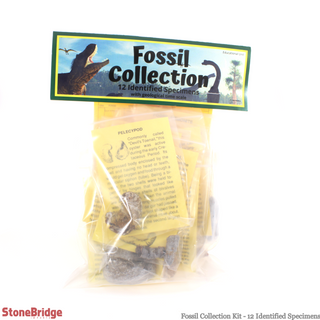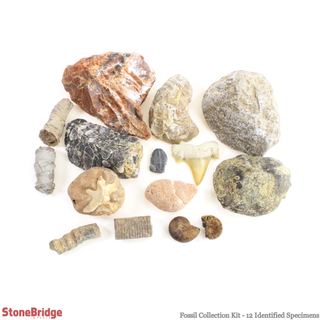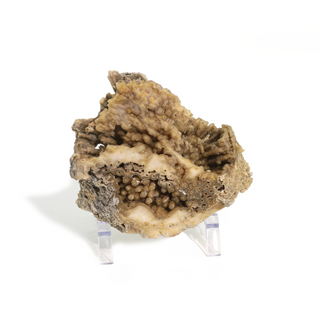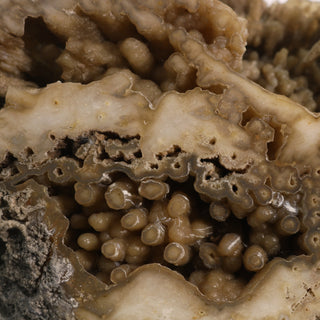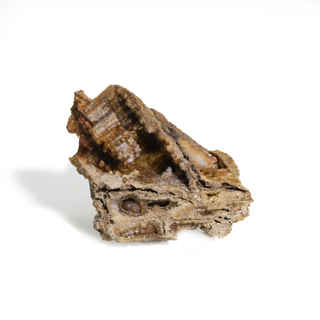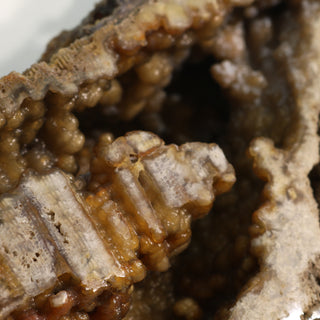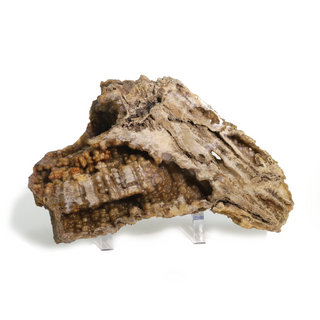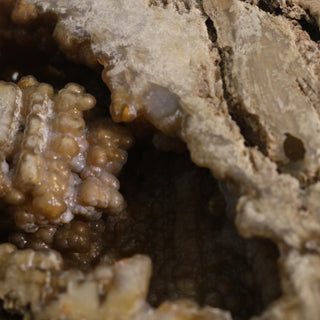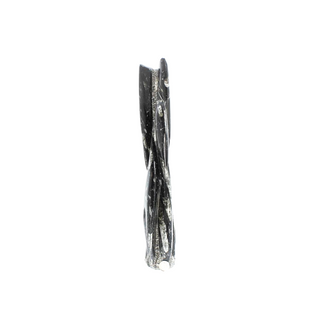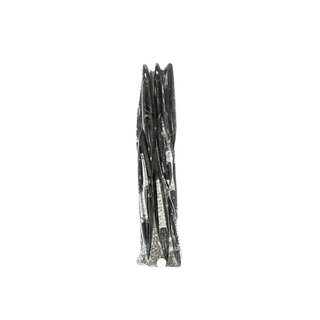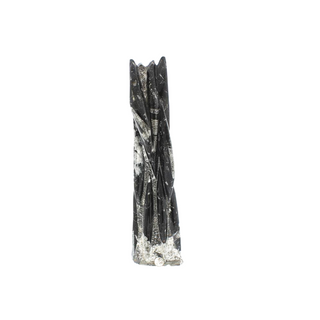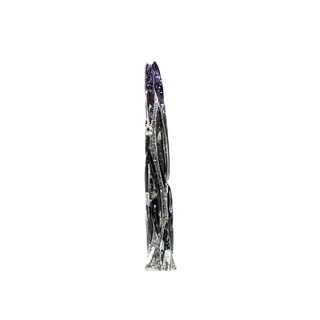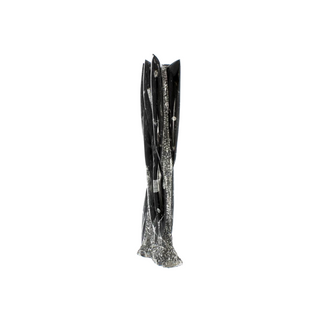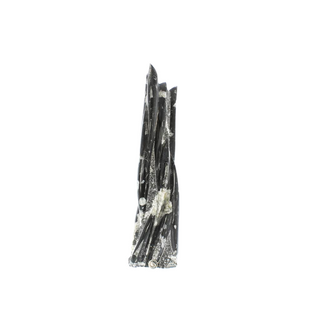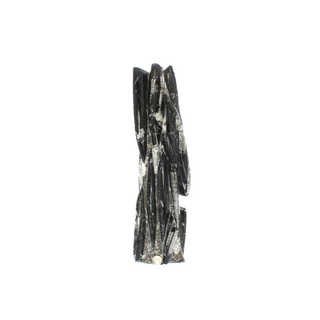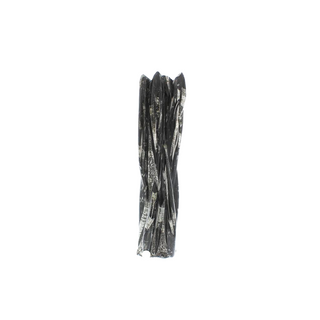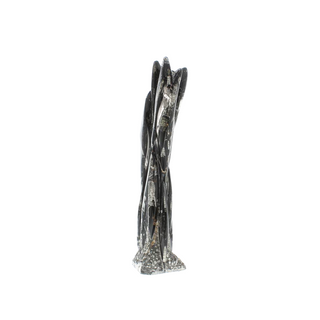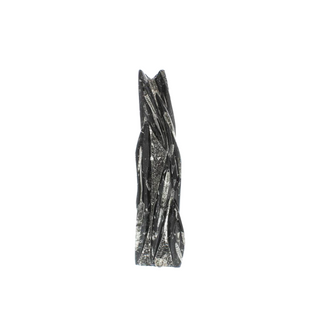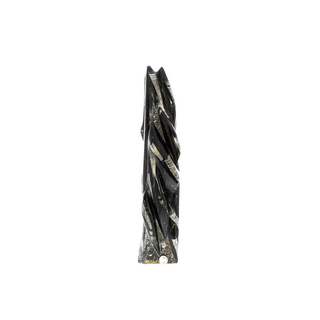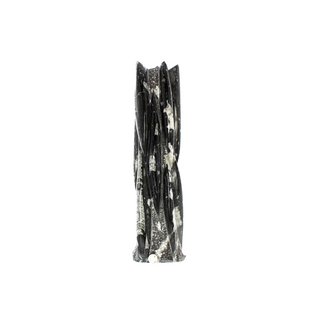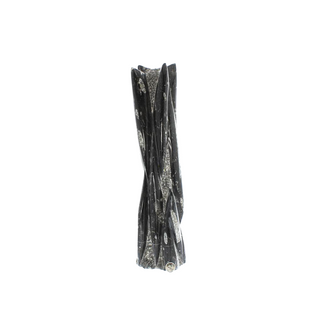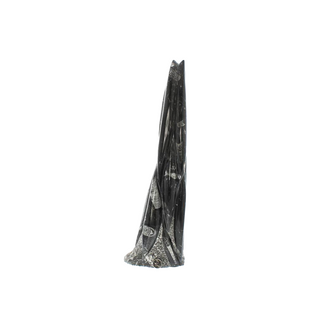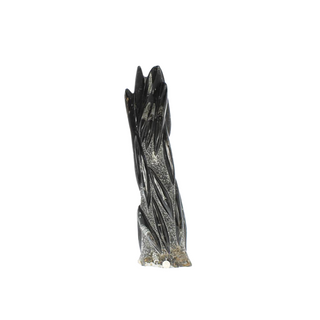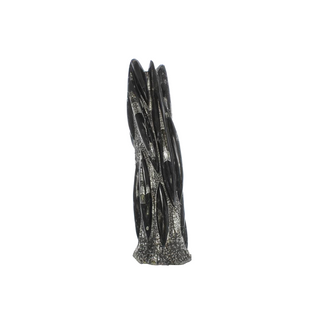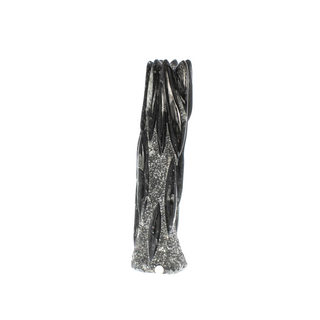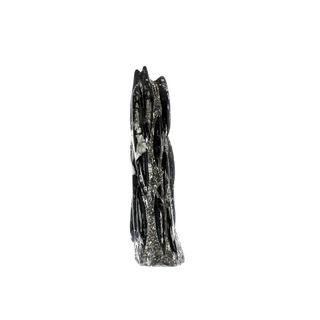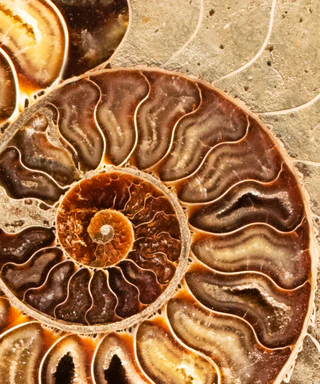
Fossils
More Info
Premium fossil specimens at Stonebridge Imports are high-quality fossils that have been carefully selected for their rarity, beauty, and scientific significance.
These specimens may include rare and well-preserved examples of fossilized plants, animals, and other organisms from a variety of geological time periods. They may also include fossils that are particularly well-preserved or have unique features, such as exceptional detail or coloration. These premium specimens are often sought after by collectors, museums, and educational institutions for their value as scientific specimens or decorative pieces.
Stonebridge Imports is a trusted source for these types of specimens, offering a wide selection of premium fossil specimens to meet the needs of a diverse range of customers.
What is a Fossil?
A fossil is the remains or evidence of a plant or animal that lived in the past. It can be a bone, a shell, a leaf, or any other part of an organism that has been preserved in rock or other material. Fossils are typically found in sedimentary rock, which forms when sediment, such as sand, mud, or clay, is laid down and compressed over time.
The process of fossilization can occur in a number of different ways, but it typically involves the replacement of the original organic material with minerals or the preservation of the original material through permineralization or carbonization. Fossils provide scientists with important clues about the history of life on Earth, including what organisms lived in the past, how they lived, and how they evolved over time.
What are Fossils used for?
Fossils are used for a variety of purposes, including:
- Understanding the history of life on Earth: Fossils provide important evidence about the evolution and diversity of life on our planet. By studying fossils, scientists can learn about the physical characteristics and behaviours of ancient organisms, as well as how they interacted with each other and their environment.
- Correlating rock layers: Fossils can be used to help determine the relative ages of rock layers. Different species of organisms lived during different time periods, so the presence or absence of certain fossils in a rock layer can help scientists determine its age.
- Estimating the age of rocks and minerals: Some fossils contain radioactive elements that decay at a known rate. By measuring the amount of decay that has occurred, scientists can estimate the age of the fossil and, by extension, the rock or mineral in which it is found.
- Studying past environments: Fossils can provide clues about the climate, vegetation, and other environmental conditions that existed in the past. For example, the presence of certain types of fossilized plants or animals may indicate that a particular area was once a desert, while the absence of certain types of fossils may suggest that the area was once underwater.
- Informing contemporary environmental policy: The study of fossils can also help us understand the impacts of climate change and other environmental changes on species and ecosystems. This knowledge can inform policy decisions related to conservation and resource management.
How do Fossils form?
Fossils are the remains or traces of ancient organisms that have been preserved in the earth’s crust. There are several ways in which fossils can form, and the specific process depends on the type of fossil being formed and the environment in which it is preserved.
One of the most common ways for fossils to form is through a process called permineralization. This occurs when minerals in groundwater or sediment fill in and harden around the remains of an organism. As the minerals harden, they create a fossil of the original organism. This process is often responsible for creating fossils of bones and teeth, as well as shells and other hard parts of organisms.
Another way that fossils can form is through a process called carbonization. This occurs when the remains of an organism are subjected to high heat and pressure, which causes the organic material to be replaced with carbon. Carbonization can result in the formation of thin, black fossil remains that are often preserved in sedimentary rock.
A third way that fossils can form is through a process called moulding and casting. This occurs when the remains of an organism are buried in sediment, and the sediment hardens around the remains. The remains then decompose, leaving behind a hollow space in the shape of the original organism. This space is called a mold. Later, the mold can fill in with minerals, creating a cast of the original organism.
There are many other ways that fossils can form, including through the process of amberization, in which insects and other small organisms are preserved in amber, and through the process of freezing, in which organisms are preserved in ice. No matter the process, all fossils provide valuable information about the history of life on Earth and help scientists understand how organisms evolved over time.
Why do we have Fossils?
Fossils help us understand the evolution of life. We would know nothing about the massive dinosaurs, and many other long-extinct prehistoric species if it weren’t for fossils. Fossils also give information about all species’ interrelationships. Even if the life we see today is merely a snapshot in time, it has a past.
Fossils are typically sold by collectors, museums, and scientific institutions as a way to share and study the history of life on Earth.
They can also be used as decorative or educational items, or as investment opportunities. Some people collect fossils as a hobby and may be interested in acquiring rare or unique specimens. Others may be interested in purchasing fossils as a way to learn more about Earth’s history and the evolution of different species.
Ultimately, the sale of fossils helps to support the study and understanding of Earth’s past and can contribute to scientific research and knowledge.
Healing Benefits with Fossils?
Fossils are said to bring harmony, dignity, and splendour while giving you a sense of beauty, charm, and charisma. It can also eliminate your mind of mental obsessions and stabilize one’s metabolism, energy output, and heart.
There is no scientific evidence to support the idea that fossils have any healing properties. Some people may claim that fossils have healing properties or can be used as part of alternative therapies, but these claims are not based on scientific evidence.
There is no reason to believe that fossils have any special healing powers, and there is no scientific basis for the use of fossils as a form of treatment or therapy. If you are seeking treatment for a medical condition, it is important to consult with a qualified healthcare professional and rely on evidence-based treatments rather than alternative therapies that have no proven benefits.
Metaphysical Benefits with Fossils?
There are a number of potential metaphysical benefits that some people may associate with fossils. These could include:
- A sense of connection to the past: Fossils are the preserved remains of organisms that lived in the past, sometimes millions of years ago. Some people may find that examining or collecting fossils helps them feel more connected to the history of the Earth and the life that has existed on it.
- A sense of wonder and awe: Fossils can be visually striking and may inspire a sense of wonder and awe in those who encounter them.
- A sense of respect for the natural world: Fossils can serve as a reminder of the complexity and diversity of life on Earth, and may inspire a sense of respect and reverence for the natural world.
- A sense of perspective: Examining the remains of organisms that lived in the past can help put our own lives and experiences into perspective, and may help us see the world in a different light.
It’s important to note that the metaphysical benefits of fossils will vary from person to person, and some people may not associate any metaphysical benefits with fossils at all.
You’re viewing 1-38 of 38 products








